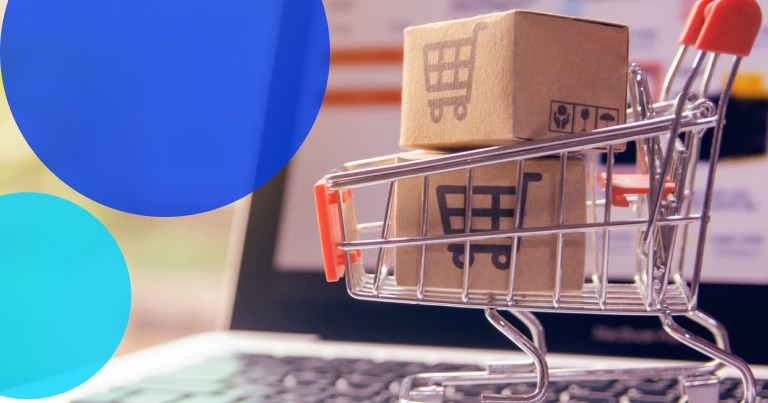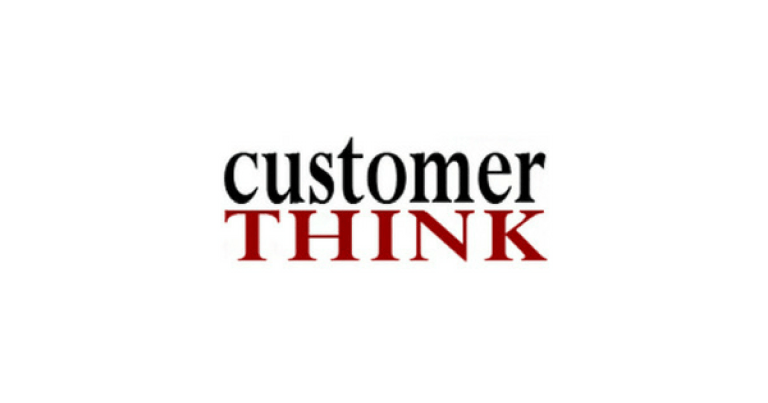Joining – or creating – a thriving business-to-business (B2B) marketplace can bring big opportunities.
Consumer patterns continue to drive B2B commerce online. And analysts predict these marketplaces will grow as B2B sales channels.
The B2B eCommerce market was estimated to be worth an incredible $6.64 trillion (£4.8 trillion) back in 2020. Its rapid growth looks set to continue – it’s predicted to grow a further 18.7% before 2028.
Before you take the plunge, you should understand what a B2B marketplace is and how it works.
What is business-to-business (B2B)?
The term ‘B2B’ covers everything related to goods and services transacted directly between businesses.
It directly or indirectly underpins most commerce. It is required in companies’ supply chains (between manufacturers, wholesalers and retailers), production cycles and day-to-day running (accountancy and other professional services).
The differences between B2B and business-to-consumer (B2C) lie in several areas.
For example, unlike in B2C, B2B transactions often include payment terms. This is because they usually require larger average order volumes (AOV), i.e., bulk buying, automated stock replenishment, etc.
What is a B2B marketplace?
A B2B marketplace (sometimes called B2B portal, B2B trading platform or B2B directory) is a third-party digital platform that facilitates commercial exchanges between member businesses.
It is usually a website, software, or online directory that both sellers and consumers use as a kind of b2b retail platform. They connect to make secure business deals with payments processing services and shipping logistics all on one platform.
Long gone are the days of B2B marketplaces acting as “matchmaking” sites, where actual transactions happen offline later.
Businesses often offer one another unique B2B features such as paying by invoice and automated supply chains.
In B2B marketplaces, these transactions are done effectively in one place. This enables companies to capitalize on B2B sales trends without first negotiating multiple business deals.
A B2B marketplace also has an entirely different target audience than a B2C eCommerce marketplace. These platforms vary in scale, with niche marketplaces seeing a boom in recent years.
A B2B marketplace for the automobile industry, for example, might feature both huge automobile companies and small suppliers of specialist parts.
Analysts predict modern marketplaces will continue to multiply and offer more end-to-end digital buying experiences.
– Navigating the B2B Marketplace Payment Ecosystem whitepaper
Types of B2B Marketplace
B2B marketplaces can serve multiple categories.
In this age of online business and disruptive innovation, new business models frequently emerge. Still, when evaluating potential marketplaces it is useful to understand the basic ways in which they can be structured.
1. Vertical B2B marketplaces (particular industry)
A vertical B2B marketplace platform will usually only buy and sell from businesses within a specific business niche or industry (vertical).
Vertical B2B marketplaces often benefit from unified payment terms and industry standards. If they have enough high-quality marketplace operators, they also provide a quick and convenient channel for specialized industry-specific goods and services.
2. Horizontal B2B marketplaces (general industries)
A horizontal B2B marketplace includes businesses from multiple industries. Businesses using horizontal marketplaces sell products or services to a larger, wider customer base.
There are pros and cons of dealing with businesses outside of your own particular industry, as there are from being confined within it. It all depends on the nature of the products or services you buy or sell.
The potential of coming into contact with so many other businesses on one centralized online portal might also lead to unexpected new B2B customers and business relationships.
3. Local versus global marketplaces
Small businesses may find there are also benefits of trading with local marketplaces in a multi-vendor marketplace model.
As long as there is existing buyer demand, leveraging online channels to buy and sell with other local businesses can help establish new business relationships and revenue streams.
Global marketplaces facilitate new international partnerships with cross-border payments, logistics support and even translation. These can be great ways to safely (though partially) enter multiple new markets without taking on the burden and risk of traditional market entry.
Ideally, a global marketplace will offer a kind of all year round online trading equivalent of a global trade fair.
4. ‘Many-to-many’ vs ‘one-to-many’ marketplaces
A many-to-many marketplace involves buyers and sellers trading at an exchange. This is particularly common for stocks, currencies, commodities and bonds. Businesses can trade directly with other businesses and the platform will then charge the participating parties transaction fees. Most marketplaces operate using this model.
By contrast, a one-to-many marketplace (such as auctions) is run by third parties who directly control all bids and exchanges. One-to-many trading platforms are often restricted or heavily regulated by law because of the opportunity for manipulation their process creates.
B2B platforms are generally many-to-many marketplaces. These offer more benefits than one-to-many platforms due to greater choice as more buyers and sellers join.
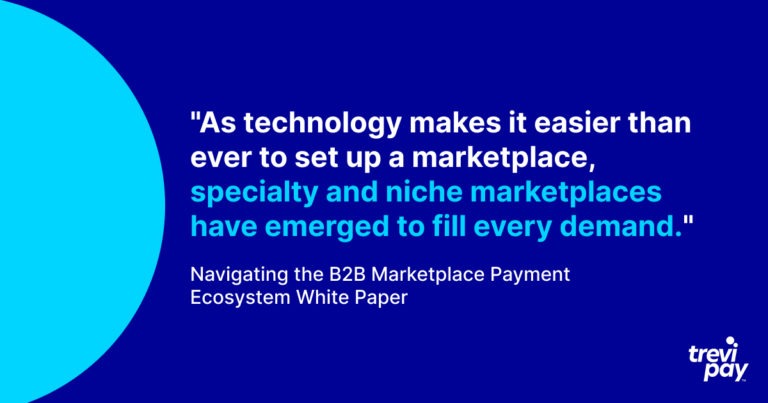
Types of B2B Marketplace Payment Models
Below are some common business models for B2B marketplaces.
1. Subscription-based business model
Subscription B2B marketplaces require fixed monthly or annual fees for access.
The subscription model may act as a barrier to some businesses because it’s difficult to predetermine whether ROI will surpass the cost of subscription. On the other hand, it also ensures that all members are more likely to be active and engaged.
2. Commission-based business model
Commission-based B2B marketplaces take a percentage of each sale that occurs on their platform.
This occurs with giant B2C marketplace Airbnb, for example, which charges most of its customers 3% of the total booking fee.
The commission model is particularly useful for businesses without a lot of capital who are looking to get started quickly. This can encourage more sign-ups, which leads to a bigger, busier B2B marketplace.
3. Listing fee business model
A listing fee model means charging users for listings (ads).
In the B2C world, platforms can focus on only charging for commercial ads (such as job listings) whilst allowing non-commercial posts for free – Craigslist follows this model. In a B2B marketplace, this distinction often isn’t necessary.
The advantage of a listing fee model is its suitability for users who don’t want to commit to long-term subscriptions.
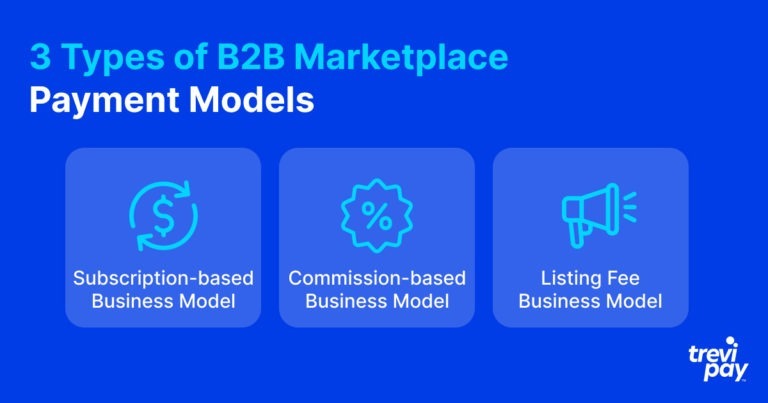
Examples of B2B marketplaces
There are many industry-specific and local B2B marketplaces out there. If you are interested in finding the right one for your business growth, there is a lot of research to do, both online and with traditional in-person ways.
Below is a list of just a few of the larger, more well-known B2B platforms out there.
Amazon Business
This is the B2B operation of Amazon. It describes itself as ‘a professional procurement solution’ and services over half of all FTSE 100 companies. It is growing even faster than its B2C eCommerce marketplace.
Users can manage their ‘storefront’ on the platform in the same place as they manage their B2C sales. They use Amazon’s ads to target both B2B and B2C customers. It enables other B2B-friendly features, such as allowing sellers to be paid immediately even when buyers buy in bulk on credit.
Alibaba
Alibaba is the largest B2B marketplace in the world. It also owns the world’s largest B2C (Tmall) and C2C (Taobao) marketplaces. It is effective for both the Amazon and Amazon businesses of China.
Though it does have competition from other business marketplaces in China (JD.com, Pinduoduo, Red, etc.), it earned 69% of all online retail profits in China in 2020.
eWorldTrade
eWorldTrade is a global and horizontal B2B marketplace headquartered in the US but with representative offices in China, South Korea, Pakistan, Vietnam, the UK and South Africa.
It currently has over half a million registered users and boasts of providing “all new advance features and functionalities that have never been offered by any other B2B portal.”
Global Sources
Global Sources is a Hong Kong-based eCommerce, media, publishing and events company.
It uses online and offline channels (including an online B2B marketplace and trade shows) to connect buyers and suppliers. It was founded in 1971 and claims to now have over 10 million international users.
IndiaMART
India is predicted to regain its place as the world’s fastest-growing major economy in 2022. IndiaMART was its first online B2B marketplace to go public (in 2019) and it now has a 60% market share.
Its website claims that it has over 6.7 million suppliers and lists over 76 million products and services.
StarStock
StarStock is a B2B marketplace that is disrupting the UK food, drink and beverage industry with a new technology platform and embedded payment services. This platform provides what third-party wholesalers have long been looking for-a way to offer trade credit to the pubs and restaurants.
Taiwantrade
Taiwantrade is a B2B platform that offers over 660,000 products from 70,000 suppliers across multiple industries in Taiwan, including ICT, machinery, automobile parts, and more.
The platform is run by government-led organizations and offers free access to all international buyers as well as payment integration with multiple providers.
Tundra
Tundra is a modern wholesale marketplace that allows buyers and suppliers to transact online with no fees or markups.
Their platform uses proprietary technology to automate end-to-end wholesale processes, eliminating onerous tasks and saving buyers and suppliers time and money.

UShip
uShip, an online platform that connects shippers of large and bulky items and cross-country carriers, could only take credit cards with their current payment solution, which didn’t meet the B2B market needs at all.
Why use a B2B marketplace?
The primary benefit of using a B2B marketplace is simple: it provides an additional sales channel.
The right platform used well could transform a B2B business. However, the wrong platform (or wrongly using the right platform) can be a waste of money and resources.
Choosing the right online marketplace model depends on multiple factors unique to your business and the platform itself.
There is no one-size-fits-all answer. But to help you evaluate options, we have listed potential advantages and disadvantages.
Why set up a B2B marketplace?
Setting up a B2B marketplace brings unique risks and rewards.
It requires a lot of planning and research to determine whether it could reach a critical mass of members.
It could provide reliable revenue and unique sales data. This data could be commercialized for offline and online channels.
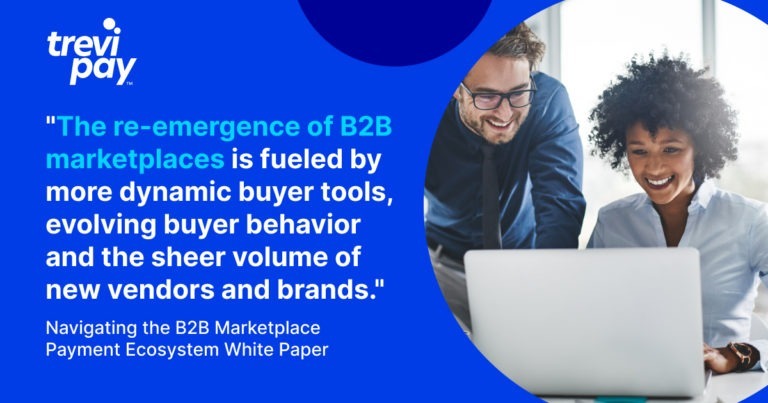
Providing business-to-consumer (B2C) quality service on a B2B market
The specifics around the type of B2B marketplace and payment model to use are highly individual. However, a clear trend has emerged in recent years, which can be summarised in one short phrase: improve the B2B buying process.
According to a report by Forrester (commissioned by Amazon):
“94% of procurement decision-makers cite the customer experience (internal and external) as a key priority in choosing a purchasing solution.”
Whatever the scale and scope of your B2B marketplace, your customers will be regular B2C marketplace users. Customers gain knowledge and experience from these platforms, which raises their expectations elsewhere.
One key difference, however, is that in their B2B lives, their payment needs are much more complex.
If you want to be the leading marketplace operator, be sure to provide personalised responsive services and a simpler business transaction than rival companies. Good user experience and support are also crucial, alongside a future-proofed payments strategy.
An important aspect of providing a seamless B2C experience includes being able to offer simple and transparent transactions that enhance B2B companies’ specialized payment processing requirements.
Advantages of a B2B marketplace
When they work well, B2B marketplaces can support business growth by providing a new streamlined sales channel and a dynamic platform for B2B exchanges that benefit all parties involved: marketplace, seller, and buyer.
In some cases such as the UK food and drinks industry, B2B marketplaces can change the business model across an entire vertical. Such examples tend to arise when new marketplace technology connects buyers and sellers, disintermediating established distributors or wholesalers.
Other benefits include:
- Flexible pricing. Whether you’re buying or selling, the availability of long purchase cycle price deals on a secure platform creates more opportunity for cooperation. Some platforms, such as Amazon, even cover the full cost for the seller whilst the buyer pays in instalments.
- Reduced need for traditional marketing channels. Optimizing your profile – especially how you present your business and product information, is still important. Although some platforms might also include opportunities for paid advertising, the need for traditional marketing is often reduced.
- Decrease operating cost. A centralized online portal makes operations easier and more efficient. Other than initial set-up and light ongoing maintenance (updating product or service information, prices, etc.), a major advantage of online marketplaces is their ability to streamline operations and thereby reduce their cost.
- Value-added services. Many B2B marketplaces include dedicated account management services. These may differ with each marketplace platform but can include ongoing training and assistance with account management to help you effectively utilize the platform.
- International payment issues logistics. Not all companies have such sophisticated systems in place that they include ‘immediate payment simple shipment’ processes. Optimal global B2B marketplaces integrate product management with shipping logistics across multiple countries.
- Provide sales trend insights. Marketplace portals often offer account analytics with valuable data on B2B sales, customer needs and interests. You may also notice trends in day-to-day interactions on the platform, such as which sample products potential customers most frequently request that can help inform your marketing.
Disadvantages of a B2B marketplace
The worst-case scenario for a business is signing up to a platform that costs money and diverts resources but provides no value.
Other issues could include:
- Time-consuming set up. This isn’t always the case, but it is a potential pitfall of some platforms. Maintaining a presence on a platform may require keeping business and product information (including stock levels) updated and training staff on relevant processes.
- International online presence digitization. Platforms may integrate translation tools which could alter your web site copy in a negative or sub-optimal way.
- Tendency toward monopoly in the market. Other marketplace owners with sufficient capital and resources could stifle competition by buying up or undercutting rivals (this mainly impacts businesses intending to create a platform rather than those who will use one)
- Businesses forming relationships offline. B2B marketplace owners, especially those with a commission-based business model, can find that businesses sell to one another outside of the platform to avoid fees. This is another factor fueling the trend of marketplaces offering enhanced embedded payment offerings to retain digital transactions.
Conclusion
Now a multitrillion-dollar industry, B2B marketplaces are here to stay.
The rise of the B2C eCommerce marketplace has transformed everything from retail sales to ordering food and set the tone for buyer expectations in a digital-first world. These online services have now become household names around the world.
B2B marketplaces might be less visible to the general public, but their growth has also been rapid. They already underpin commerce and supply chains globally. Although held to the same standard as their B2C counterparts, B2B marketplaces are required to solve complex payment needs to build AOV and grow customer loyalty.
B2B is a broad term and there are multiple types of B2B marketplaces and business models. Each has its own advantages and disadvantages. Business owners should consider all of these before they commit to a joining or even creating a platform.
However, once the right platform has been chosen, utilized, or created, its benefits can be profound.

